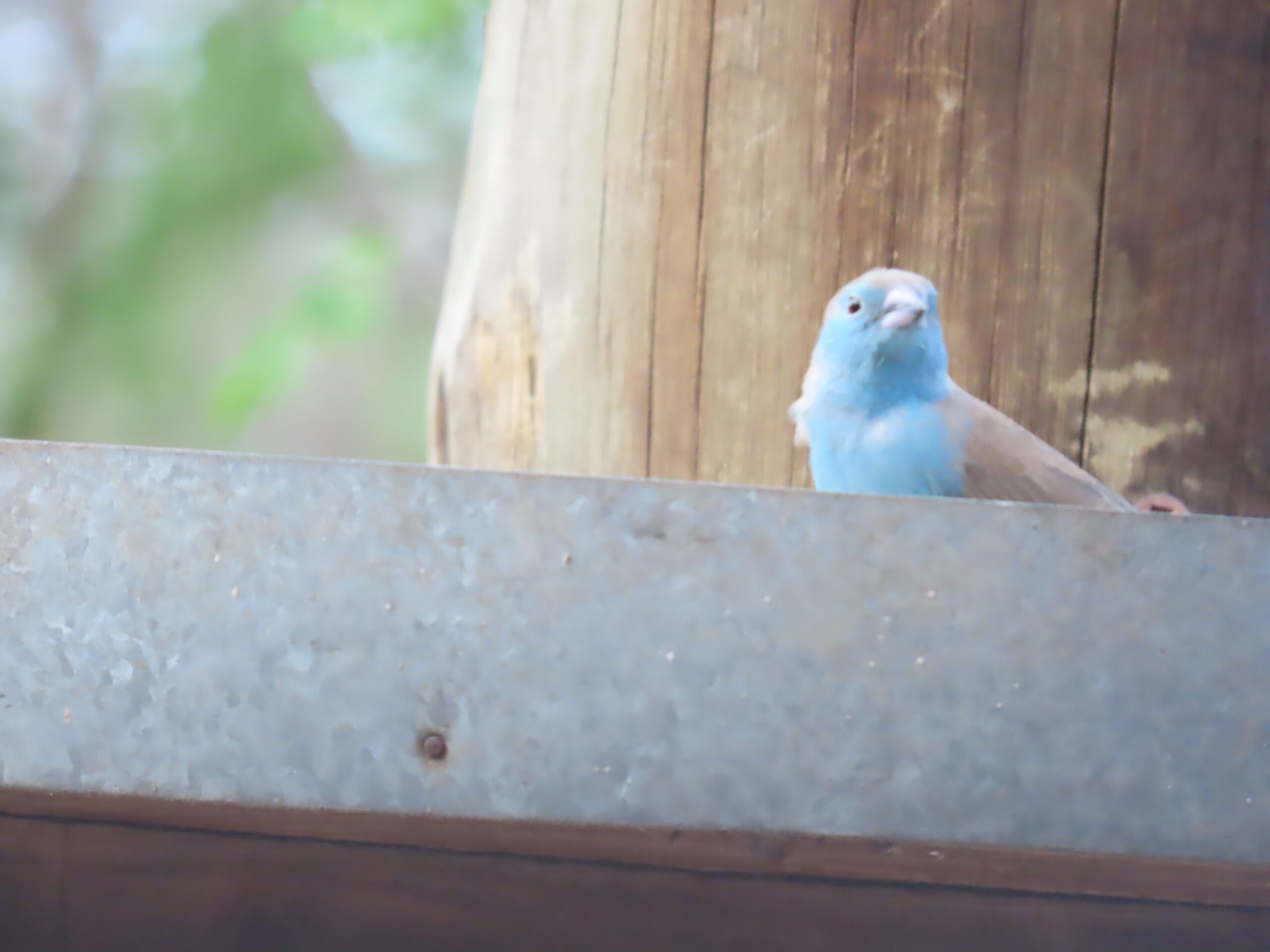
With the dew point over 70 most of yesterday, it seemed likely to rain at some point. We made it through dinner but dined indoors at the dining room table, thinking it could start raining any minute. By the time we finished eating, the rain had begun. We immediately locked the veranda door.
While Tom did the dishes, as usual, I set up my laptop and the JBL speaker on the bed, wondering what we’d watch with the WiFi out the minute the winds kicked in. Without WiFi, we had nothing to watch except the 900 movies Gerhard had downloaded on the external hard drive he and Rita gave me last year on my birthday. What a great gift!

We’d seen many of the movies over the years, and without WiFi to look up the storyline, we’d choose movies based entirely on the title and the pictures on the front of the movie. It was hard to tell. But we decided to wing it and found two movies that managed to entertain us mildly. They weren’t great, but they were ok.
Each time we watch one of those 900 movies, we delete it from the hard drive. Otherwise, we’d have to remember which ones we’d already seen. Mostly the movies were from 2015 to 2017. When we’ve often streamed TV shows and movies, we’ve watched more TV series than movies. We prefer a series with numerous episodes to allow for binge-watching.

As a result, we haven’t seen many movies over the years we’ve been traveling. We only watch something if we are home from evenings out by 8:00 or 9:00 pm, 2000 hrs. to 2100 hrs; Tom doesn’t care to watch anything later than that since I tend to fall asleep if I watch something after 10:00 pm, 2200 hrs.
The WiFi never came back on until this morning. The company serving our house and others in Marloth Park could not make the outdoor repairs when the storm raged for hours. A few times, the power went out, but we were still able to watch the movies when my computer was fully charged, and we had the inverter providing energy to our devices when plugged in at the outlet on my side of the bed.
It isn’t easy to describe the intensity of the night’s rain, lightning, thunder, and wind. On several occasions, we felt the lightning hit something in our garden outside the bedroom window. It may sound crazy, but we both smelled smoke. Tom went outside to check to make sure everything was ok. After all, we, like many residents in Marloth Park, are in houses with thatched roofs that can easily catch fire.

By no means were we panicky. As soon as we saw everything was fine, we went back to watching the movie. The storm continued until about midnight. Often, I wondered where the animals were hunkered down. Surely, they’ve all experienced such storms in the past and knew how to keep themselves safe and out of harm’s way.
With the sun back out this morning, it was hot and humid with the dew point at 72, considered “tropical,” which is very uncomfortable. But, the bush looks green with the dust washed off the leaves on the trees, and soon, from the rain, the bush will begin to green with fresh new vegetation for the wildlife. Lots more rain is needed to provide the lush green nourishment they so much need to thrive.

Of course, along with the rain comes the hatching of mosquitos. In a few weeks, we’ll begin to feel their wrath. I am already wearing long pants and long sleeve shirts to reduce my use of DEET and prevent getting too many bites. I have had three new bites in the past 24 hours, all under my clothes. I may have to use DEET before dressing for the day.
Norman, Nina, and Noah have spent the entire morning with us, hovering in and near the garden. It’s always such a joy to be with them. Also, bushbuck, Bad Leg, has been resting in the garden against the little fence. Every so often, I bring him some pellets, cold cabbage, and carrots since he’s not able to forage for himself with his injury. The birdbath has fresh, clean water so all of the animals can drink.

Lollie lives outside the little fence, but she finds waterholes from which she drinks and takes mud baths almost daily. We watch her leave for a few hours, later to return a muddy mess which eases our minds that she has access to water. If and when a time comes when waterholes may dry up, if we don’t get sufficient rain, we’ll put out a shallow pan of water for her each day.
My headache is still gone, but the facial tenderness continues. I am icing it a few times each day, hoping it will resolve soon. I am still walking, regardless of the weather. Today, I will do 7500 steps toward my goal of 10,000 by the weekend.
Be well.
Photo from one year ago today, October 25, 2021:











